The Best Menstrual Product Alternatives to Tampons
By Lauren Jane
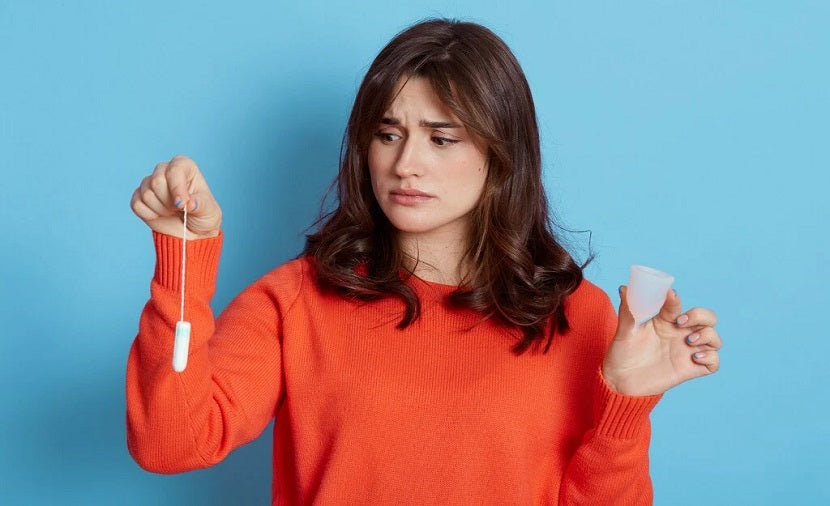
There are various reasons that people want to have tampon alternatives. Whether it be for cost, personal comfort, ease of use or to reduce chemical exposure and its impact on Mother Earth. Each option has its own set of pros and cons and every woman will have to find which product suits them best.
We know it can be daunting changing up your usual routine, especially on the first day of your cycle when some women aren’t feeling their best selves. That’s why we’ve put together a list of menstrual products to help you explore and decide.
Menstrual Cups
A menstrual cup, also known as a luna or a moon cup, is a bell-shaped device that’s inserted into the vagina like a tampon in order to 'catch' your flow. They give you a comfortable, safe, odourless, and eco-friendly way to manage your menstrual cycle.
Menstrual cups are made from hospital-grade silicone and are chemical, latex, and BPA-free, making them completely safe, reusable, and long-lasting. Plus, being able to use your menstrual cup for several years means BIG savings on sanitary products for you and much less waste for Mother Earth.
Menstrual cups also help you avoid the irritation or dryness sometimes associated with sanitary pads or other tampon alternatives. Once it is in, you barely feel or notice it at all except for the soft stem which sits just inside the entrance of your vagina.
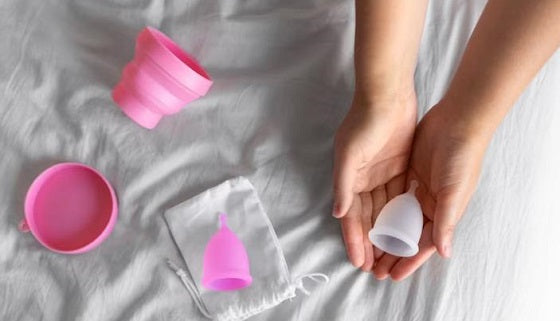
While many women are interested in using a cup and reaping its benefits, some are a little hesitant to do so. They fear their flow might be too heavy while others worry that the process of insertion and removal is daunting or too messy.
Menstrual cups now come in various different styles and sizes. Choosing which is right for you depends on factors such as the length of your cervix, flow rate, the strength of your pelvic floor muscles, and whether or not you’ve given birth vaginally. More information can be found in this article.
Menstrual Discs
Menstrual discs are similar to a cup in that they collect blood rather than absorb it and they can stay in for up to 12 hours. However, a menstrual cup stays in place through light suction whereas the disc sits comfortably higher up in the vaginal canal, behind your pelvic bone, right under the cervix. Some people find them a little more challenging to insert and remove but they’re known for being able to handle heavy flow very well. Moreover, they can remain in during penetrative sex.
The downside? They’re disposable, making them not eco-friendly nor as cost-effective as a cup.
Another complementary product may be Happy Period which can help with reducing heavy bleeding and provide natural period pain relief.
Period Underwear
Period undies come with a built-in menstrual pad made of three different fabric layers. They’re intended to be worn daily while menstruating, but some people like to wear them in addition to tampons, pads, cups, or discs as a backup during heavier flow days.
The pros of period underwear are that they’re washable and reusable. They also look and feel just like normal underwear, which is pretty amazing! Plus, nowadays you can even get period swimwear which comes in different types for those who have heavier vs lighter flow.
They’re highly absorbent, leak-proof, and can last up to 12 hours. When you notice blood is staying on the surface of the undies, it’s a sign they need to be changed. Once you get used to them, this becomes easier to predict ahead of time.
The cons are that you’ll need to soak or rinse them in cold water before throwing them in the wash with other laundry items. It’s also important to be aware of the fact that they absorb blood like a pad, so you’ll need to change them regularly to prevent smell or infection.
Sanitary Pads
Disposable and reusable sanitary pads are another great option for people who aren’t keen on using a sanitary product they have to insert. The concept of a reusable cloth pad is the same as a single-use disposable pad. They both come in different sizes and absorbency levels. Both sit in the same place but one stays in place with a sticky bit, while the other uses wings with tiny buttons that snap together on the outside of your undies.
The reusable versions are obviously eco-friendly, but you will need to carry a wet bag with you if you need to change them while you're out and about. That's their main difference from disposable pads that you can just pop in the bin.
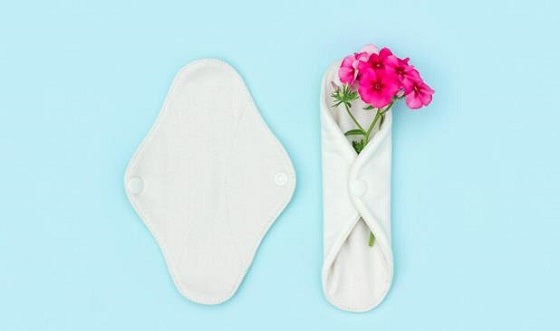
Like period underwear, it's best to wash the cotton pads by hand or rinse them before throwing them into your usual wash. It’s also advisable to air dry them as the dryer may cause shrinkage.
Reusable sanitary pads tend to be more absorbent than their disposable counterparts. They're also more comfortable and hypoallergenic, although disposable pads are also available in organic cotton these days.
It may be useful to visit our product page and check out our range of period pain supplements that can help to alleviate heavy bleeding and provide natural period pain relief.

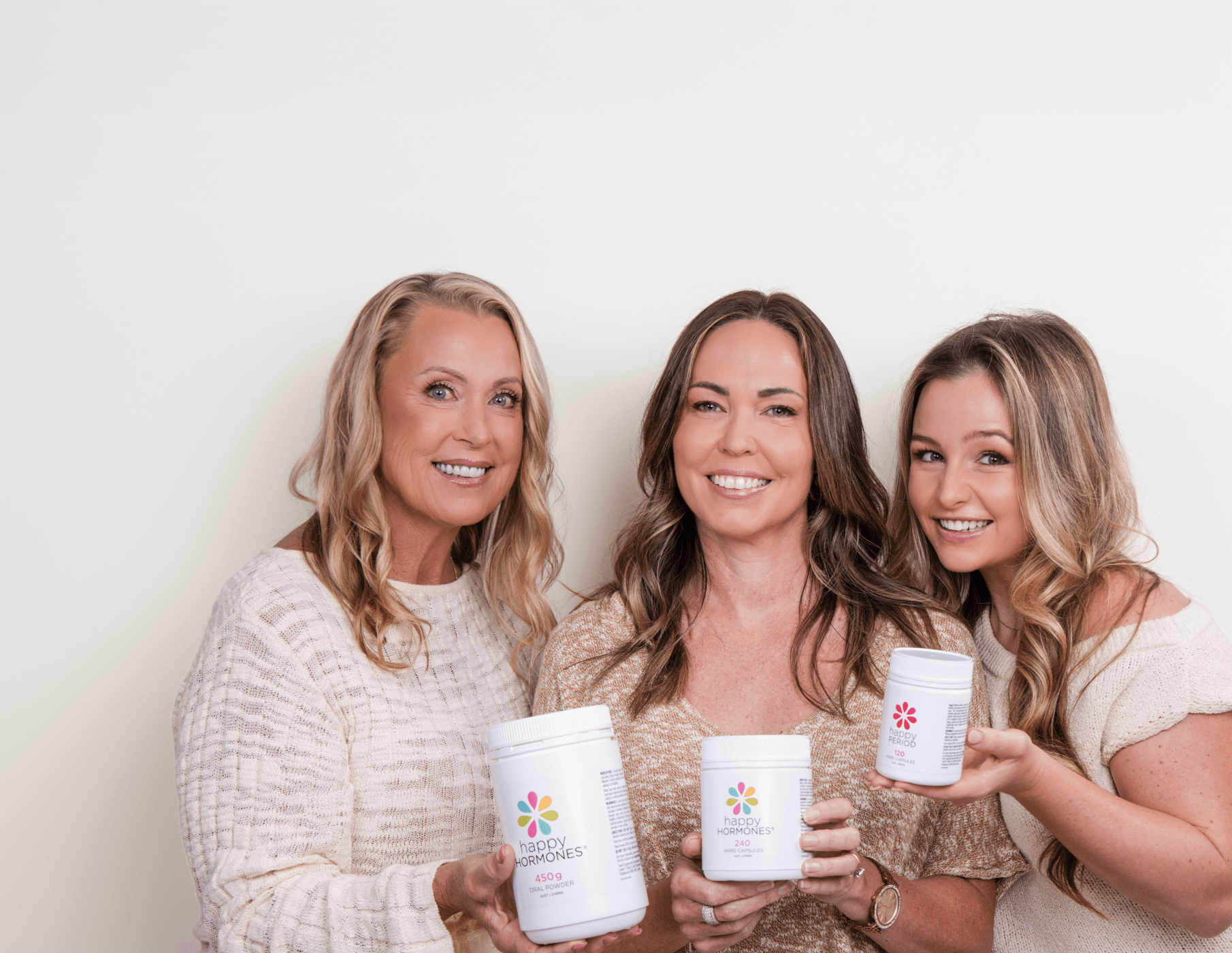
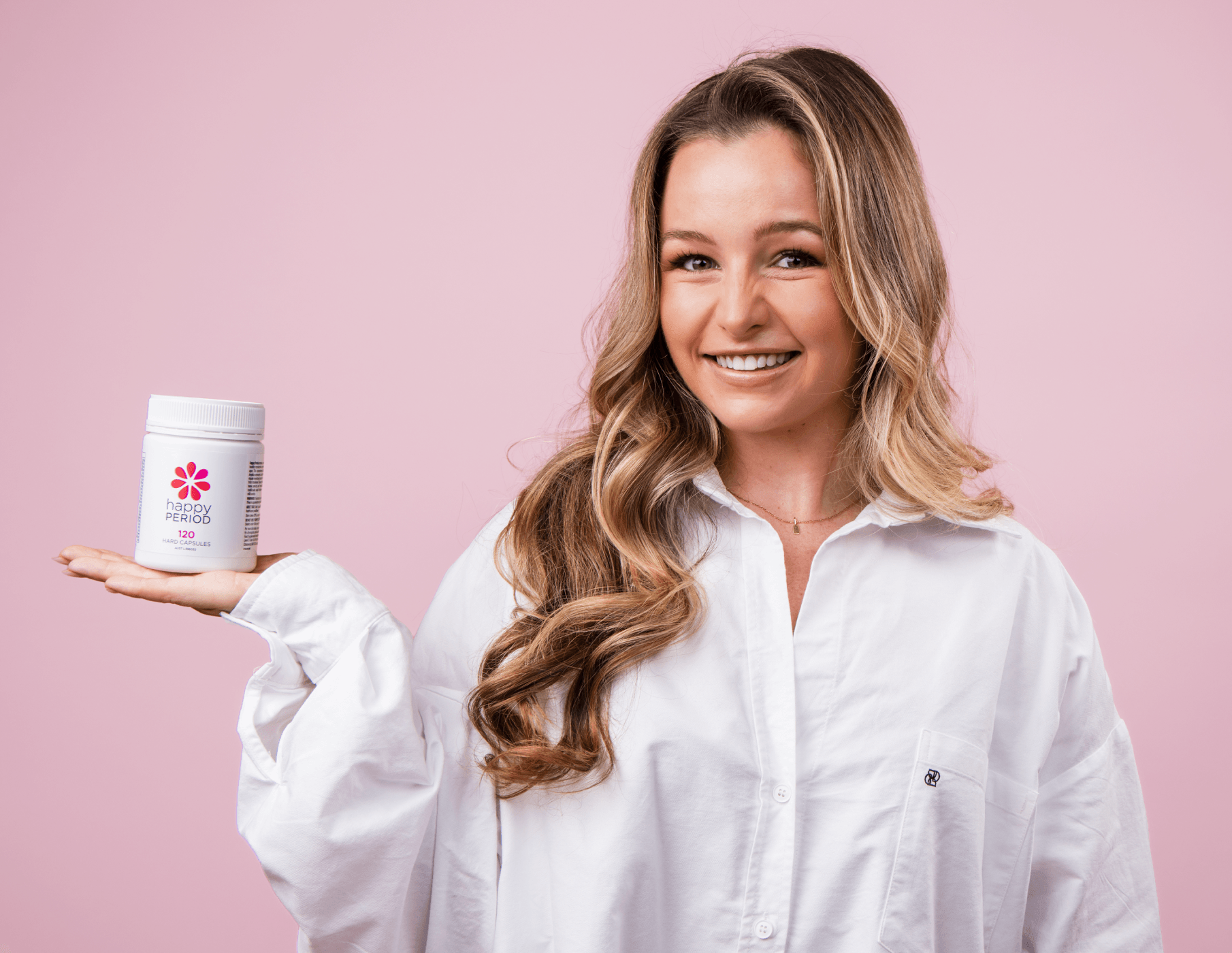



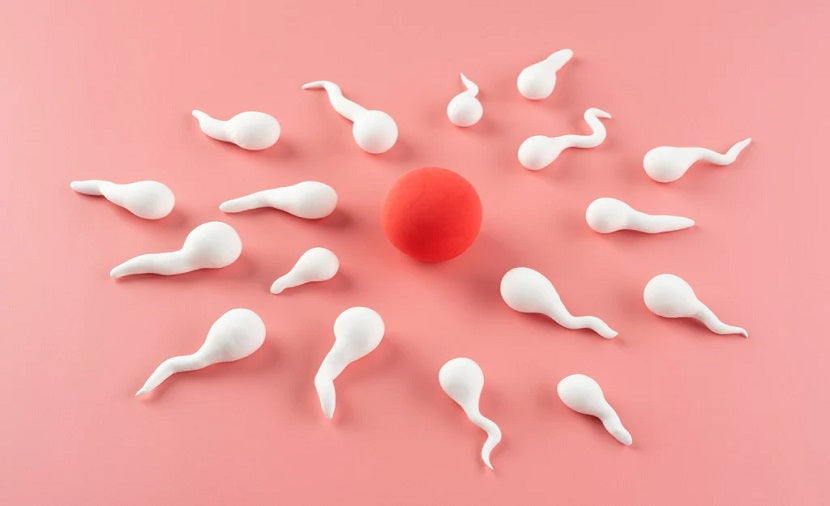
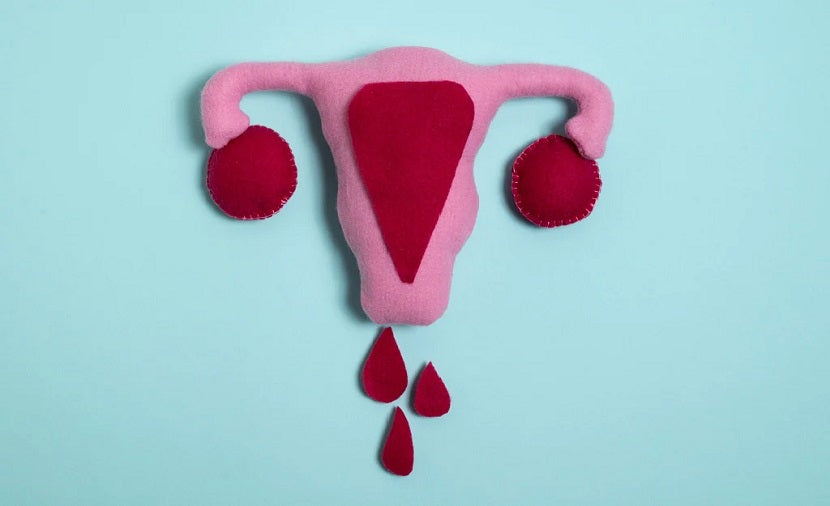
Leave a comment
This site is protected by hCaptcha and the hCaptcha Privacy Policy and Terms of Service apply.